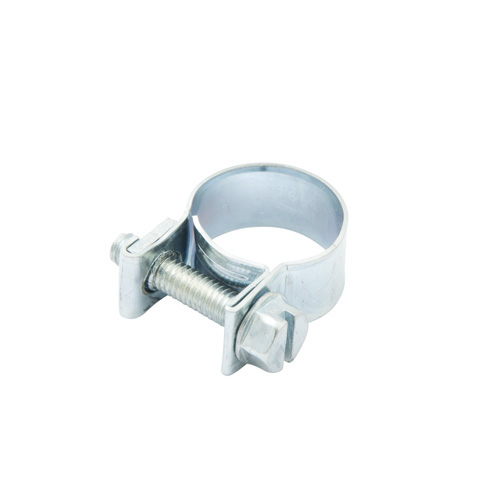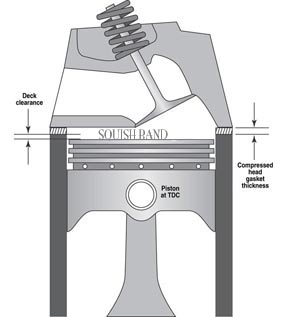One of the accommodations needed to be made when outfitting a new turbo that does not use a KKK center section is to re-route the coolant temperature sensor for the auxiliary coolant pump. The sensor triggers the coolant pump to turn on and off after the car has been shut down to continue to flow through the turbo to reduce wear. It can cycle many times after the car is turned off to accomplish its job. Basically this functions as a OEM turbo timer.
The turbo I have replaced the K26 with is a Garrett GT3076R. The GT30 uses a 14mm x 1.5 fitting on both sides of the center section for cooling. To adapt to a more common fitting size I used a 14mm male to -10AN male. -6AN and - 10AN are the most readily available center section adapters for the GT. I choose to go with the larger -10AN to ensure maximum flow. A 1/2" copper crush washer on the 14mm side that connects to the turbo is also necessary.
To modify the sensor pipe we first need to cut off the banjo fitting/pipe that is attached to the sensor mount (I borrowed the general idea for the modification from Paulyy on Rennlist). Using a hacksaw and a bench vise to hold the pipe you can make quick work of this. Depending on the cleanliness of the cut you may choose to smooth the surface with medium grit sandpaper. Next, I drilled the hole to the necessary size for a 3/8" x 18 NPT tap. Required drill sizes are either 37/64" or 9/16". Then tap the hole with the 3/8" tap. This will allow us to a 3/8" NPT to -10AN adapter fitting. Make sure to use thread sealant on the fittings. After cutting I painted the pipe with VHT engine metallic titanium silver blue.
The layout of the adapters is as follows. On the sensor side starting with the nearest to the turbo 14mm male to -10AN male > 90* swivel -10AN female to -10AN female > -10AN male to 3/8" NPT. On the auxiliary coolant pump side 14mm male to -10AN male > -10AN female to -10AN female coupler > -10AN male to 10 push loc hose barb.
Due to the very tight center section of the GT series turbo and the close proximity of the hot side clocking bolts the 90* swivel adapter is going to have to some problems fully tightening down on the 14mm adapter in most scenarios. One option to replace the 2 clocking bolts with low profile bolts (similar to what is used near the oil drain). Alternatively you can file down the points on the front 1/3 of the swivel adapter to gain enough clearance to pass the bolt; I ended up choosing the later.



































